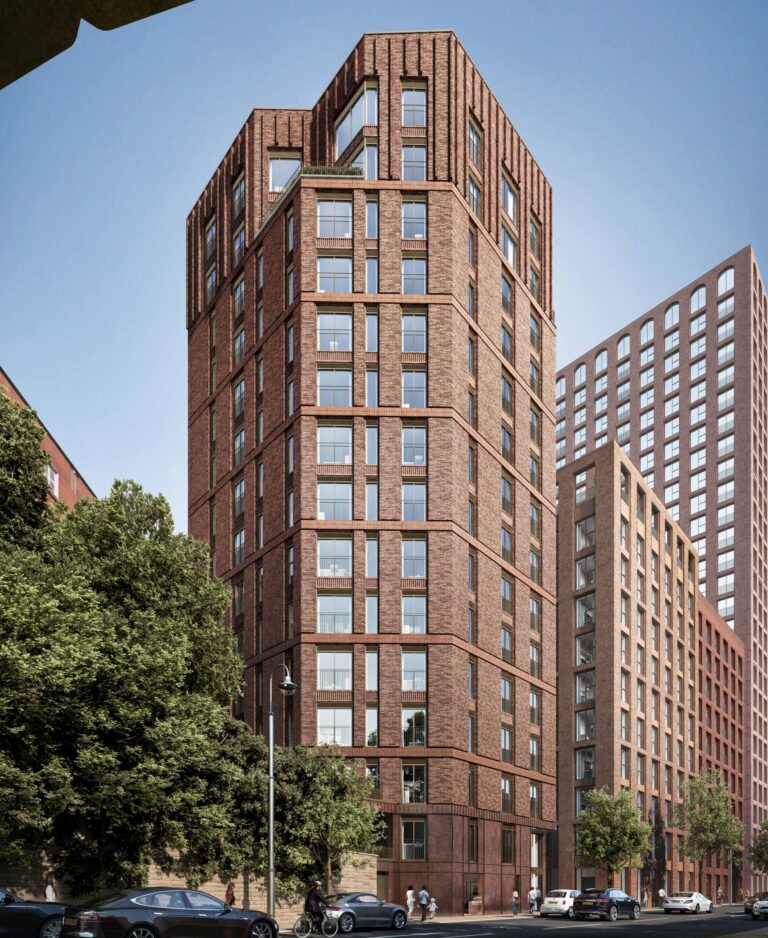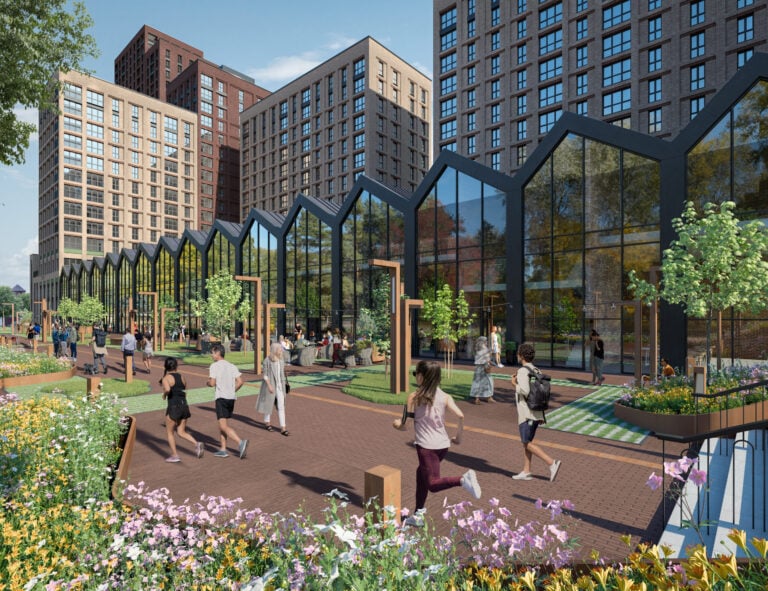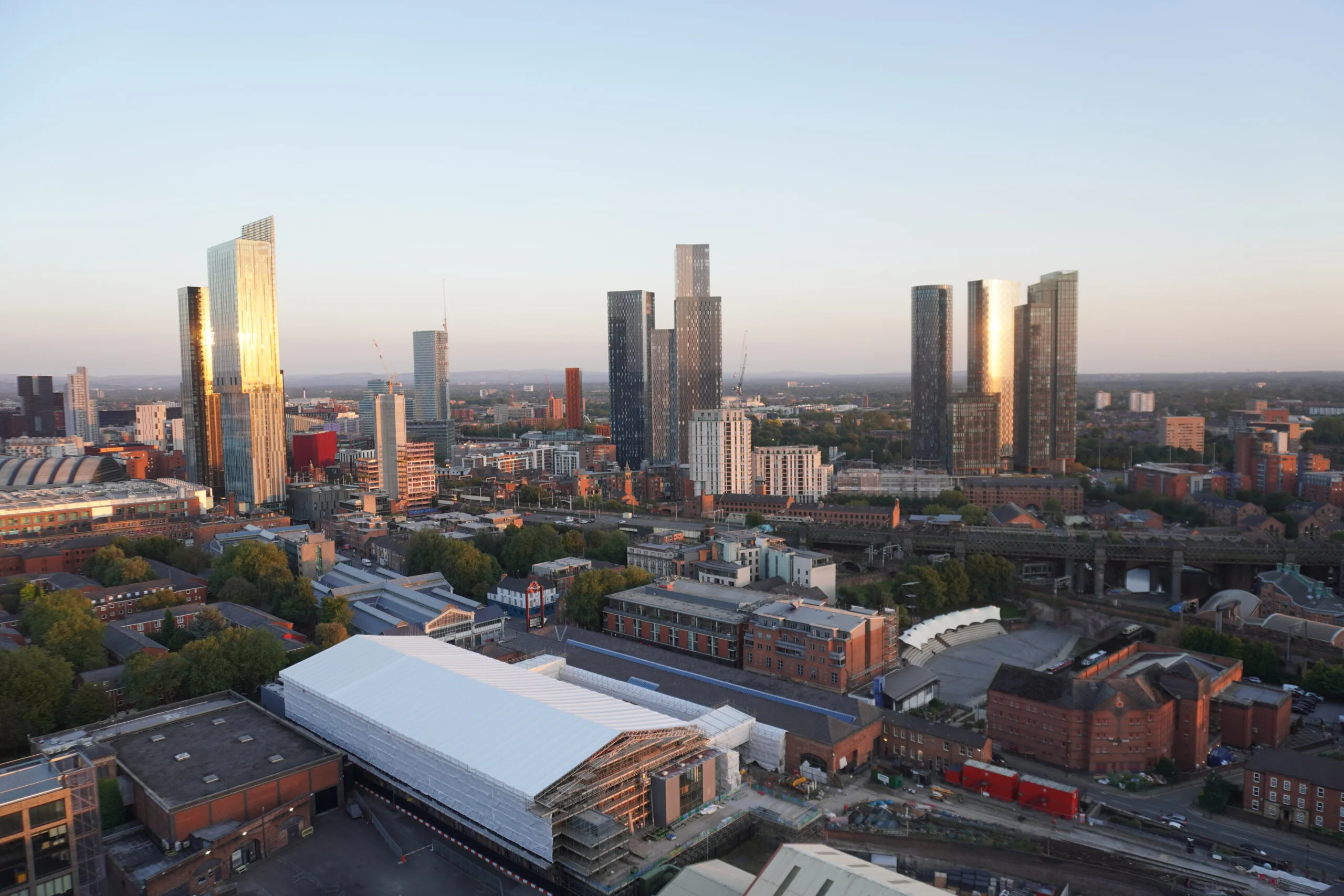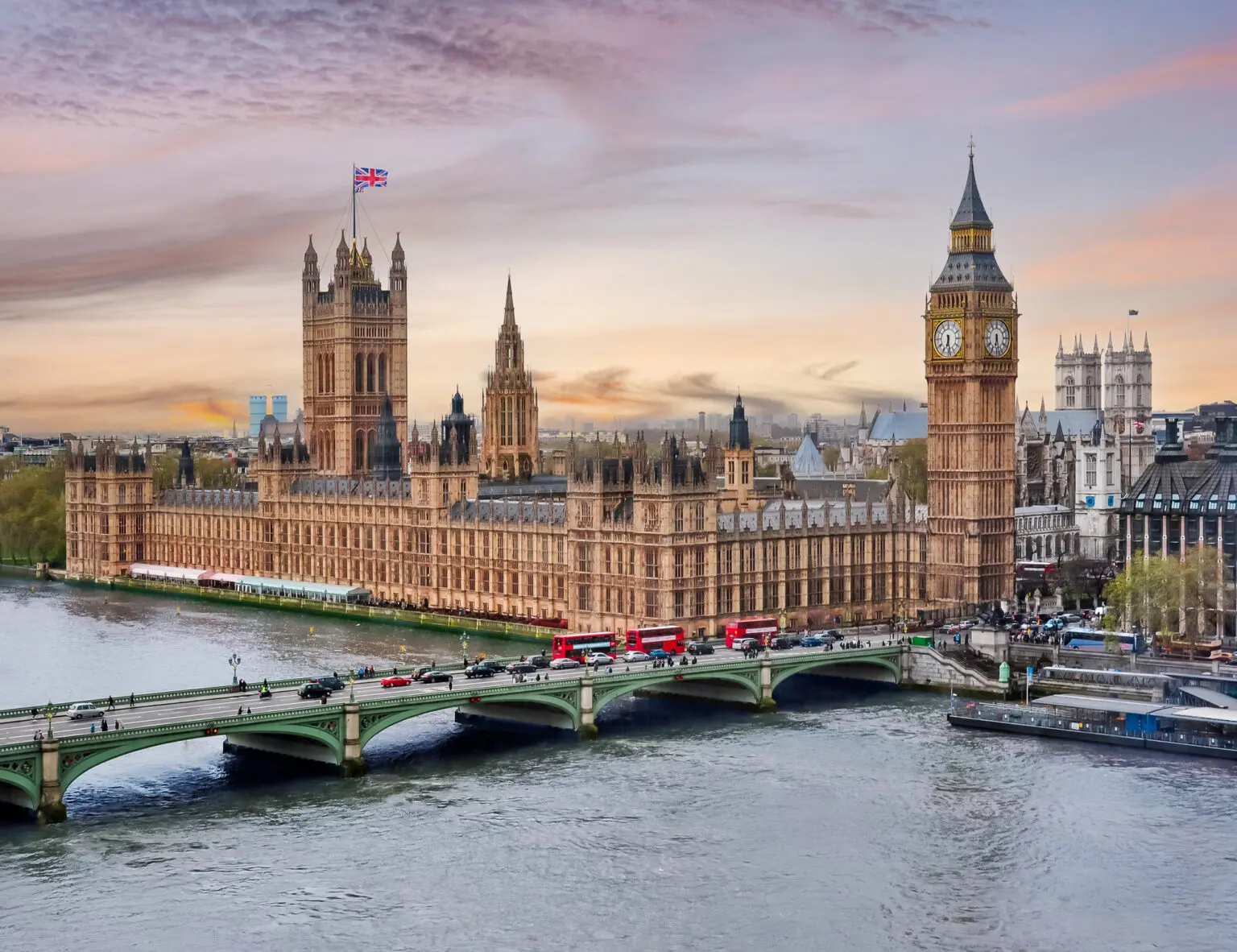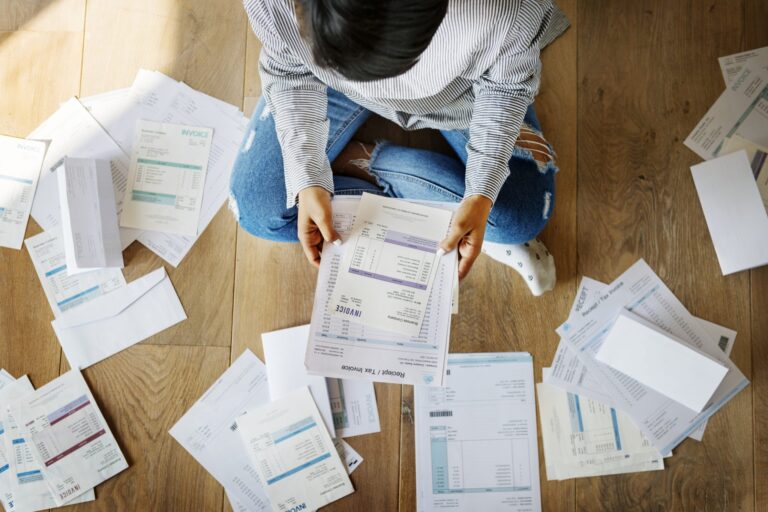An estimated 74,000 buyers are expected to miss the deadline for the upcoming stamp duty threshold change, but decade-high housing supply levels offer a positive outlook.
Buyers completing their purchases in April will face higher stamp duty costs due to previous thresholds being reinstated for the tax that mean any home priced at £125,000 or higher will incur a bill. This is down from £250,000, where it had been set on a temporary basis in September 2022 in order to stimulate the housing market.
For first-time buyers, the threshold will fall from £425,000 its previous level of £300,000, meaning homes costing above this amount will be subject to a stamp duty bill.
While the change has been on the cards for some time, with the previous thresholds and rates being a temporary measure put in place by Conservative Prime Minister Liz Truss, the impending increase to some people’s tax bills has created a flurry of activity in the housing market as thousands of buyers have tried to get transactions over the line before 31st March.
However, while buyers set to complete after the deadline will be subject to a higher tax bill, the latest data from Rightmove reveals hope on the horizon thanks to the property market currently having the highest level of choice at this time of year since 2015.
Spring swing for buyers
According to Rightmove, the number of sales being agreed is currently 9% above where it was this time last year, while the number of new sellers is 8% ahead of March 2024, noting: “Both are positive signs for continued market activity after stamp duty increases at the start of April.”
The boost in seller numbers as well as successful transactions means sellers may be pricing more competitively, while buyers can be more discerning, with less reason to rush into a purchase now that the chance of buying before the stamp duty change has gone.
Unless, that is, Chancellor Rachel Reeves announces an extension to the deadline when she makes her Spring Statement on 26th March, which is generally a low-key announcement following up on Office for Budget Responsibility forecasts as well as previously set out plans from the Autumn Budget.
Rightmove’s report notes: “The hope of an extension is fading, but with the Spring Statement arriving just before the deadline, this would be an opportune moment to announce a short extension to help these movers, who had a reasonable expectation of beating the stamp duty deadline, but due to delays in the process will just miss out.”
The figures also show continued house price rises on an average basis across the country in March, with a 1.1% monthly uplift as well as a 1% annual increase in asking prices, bringing them to £371,870. Across the country, though, the picture remains divided, with the North West, North East and Yorkshire and the Humber registering the biggest price rises.
As Colleen Babcock, property expert at Rightmove, notes, historic averages point towards this spring being one of the strongest months for buyers and sellers as housing market momentum picks up after a more sluggish 2024.
Chris Rosindale, Chief Operating Officer at Connells Group, said: “The market is performing well, and the number of property exchanges we’re seeing is ahead of last year. Despite the upcoming changes to stamp duty, we haven’t seen any slowdown in buyers’ appetites to purchase a home, even now knowing that they won’t meet the deadline of 31st March.”
What stamp duty changes are coming in?
As noted above, the stamp duty changes taking effect from 1st April involve reverting back to what was last in place in September 2021.
Rates up to 31 March 2025
| Property or lease premium or transfer value | SDLT rate |
|---|---|
| Up to £250,000 | Zero |
| The next £675,000 (the portion from £250,001 to £925,000) | 5% |
| The next £575,000 (the portion from £925,001 to £1.5 million) | 10% |
| The remaining amount (the portion above £1.5 million) | 12% |
Rates from 1 April 2025
| Property or lease premium or transfer value | SDLT rate |
|---|---|
| Up to £125,000 | Zero |
| The next £125,000 (the portion from £125,001 to £250,000) | 2% |
| The next £675,000 (the portion from £250,001 to £925,000) | 5% |
| The next £575,000 (the portion from £925,001 to £1.5 million) | 10% |
| The remaining amount (the portion above £1.5 million) | 12% |
As an example taken from the government website, if you buy a house priced at £295,000 and complete before 1st April, the stamp duty you owe will be:
- 0% on the first £250,000 = £0
- 5% on the final £45,000 = £2,250
- Total = £2,250
After 1st April, if you buy the same property the stamp duty you owe will be:
- 0% on the first £125,000 = £0
- 2% on the second £125,000 = £2,500
- 5% on the final £45,000 = £2,250
- Total = £4,750
Keep up to date with the latest UK property news and updates here.


